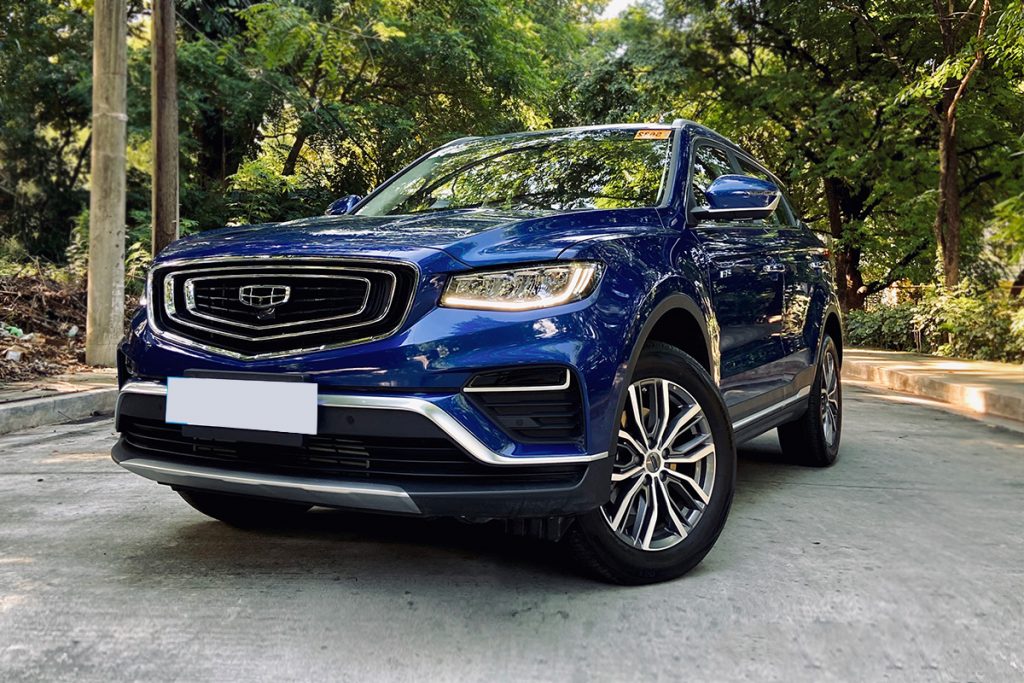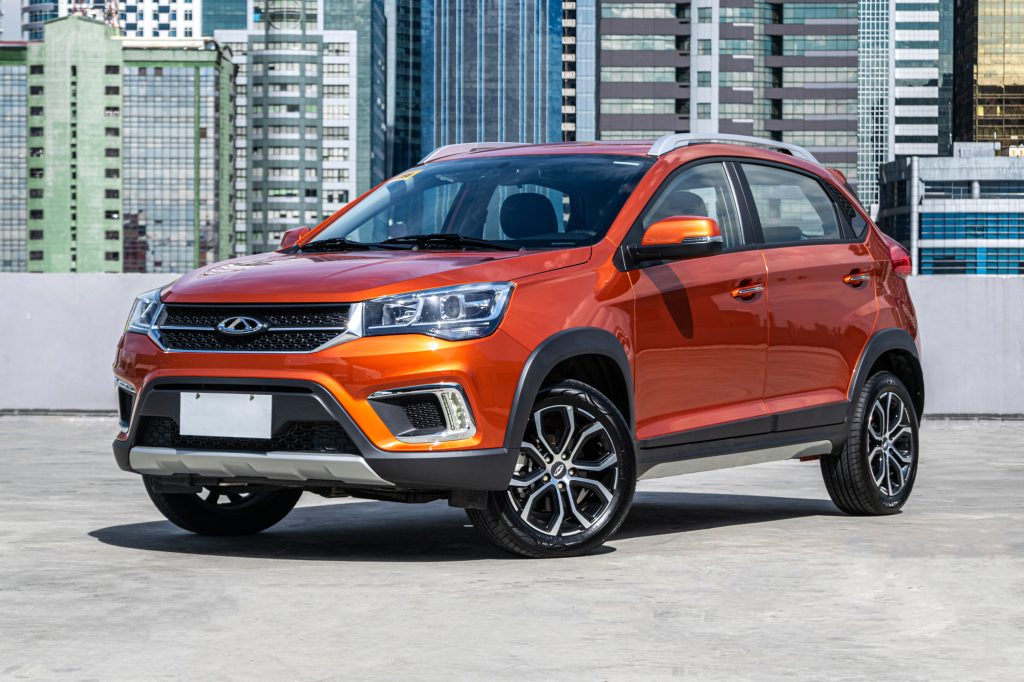Traumatized leading to incessant stigma – this is the best phrase to describe Filipinos right now. Yes, I’m talking about our current point of view of Chinese car brands. Or at least we’re in the midst of a paradigm shift.
Around four or five years ago, I’ve had the chance to get behind a wheel during an annual testing event that allowed OEM brands to send in their entries for rigorous testing. Each car back then was vying for the coveted title of being the Car of the Year in the Philippines.
Of course. Chinese car companies had their contenders as well. And honestly, the quality of their cars was sub-par with what the market could offer, politely speaking. There was one time when one of the Chinese test vehicle’s wipers didn’t work – and that, unfortunately, happened amid heavy rain. I didn’t finish the test for that vehicle and immediately went back to the starting point.
Truth be told, the aversion against Chinese vehicles isn’t about their points of origin or the fact that they’re Chinese. This isn’t about racism; no, not like that. But this is about the quality of Chinese cars before – a problem that caused headaches to the unsuspecting buyers of these Chinese vehicles. It was unfortunate, but a downfall that wasn’t without shreds of evidence to back the negative flack.
In a multitude of aspects, a broken trust would be challenging to regain.
Salvaging the reputation
Traumatized leading to incessant stigma – this was the Filipino car buyers’ state, say maybe two to three years back. But things have been shifting for the better towards the end of the previous decade. MG started to gain momentum with its lineup of Chinese-made British cars. Geely, which celebrates the first anniversary in the Philippines this month, sparked a revolution among Chinese brands with a well-rounded lineup. Chery joined the fray, too, marking its return under new management.

All three brands have one thing in common – they offer more for less money. A formula that seems to be working for the younger Filipino car buyers. In fact, Geely and MG are going head-to-head at the top of the small crossover with the Coolray and ZS, respectively. Chery, on the other hand, started to gain momentum as quarantine restrictions freed up.

But it wasn’t just about value for money and great build quality, or the more intense marketing strategy, that got people into buying these newer Chinese cars. These companies promise attractive sales services as well, which brings me to my next point.
Promises that should never be broken
Ask anyone which do you think are the primary considerations of car buyers and you’ll more likely hear this: after-sales services. That’s the reason why Toyota has been flourishing in the country since time immemorial, and that’s also the very thing that keeps car buyers at bay when considering a Chinese car.
But of course, these emerging Chinese car brands are promising the same thing to their faithful patrons – availability of parts and services during the ownership period. Chery even goes further by adding three years of free Preventive Maintenance Service, as well as a five-year general warranty and a 10-year/1 million-km engine warranty.

For now, these things are still promises that need to be fulfilled as we are in the early stages of Chinese brand emergence. You’ll hardly see any problems with these brand-new vehicles, and we have yet to hear any complaints from the early buyers. That’s a good thing.
Chinese car brands – particularly Geely, Chery, and MG – heed my call. You are the flag-bearers of your kind. You have a heavy responsibility to provide what your customers need even after rolling out of the showrooms. Please keep your promises and be the one that could eventually erase the stigma against Chinese cars. Please don’t disappoint your customers. Please don’t disappoint us.
I previously said that a broken trust would be challenging to regain, but I never said it’s impossible. It’s going to be a tough climb, though.

